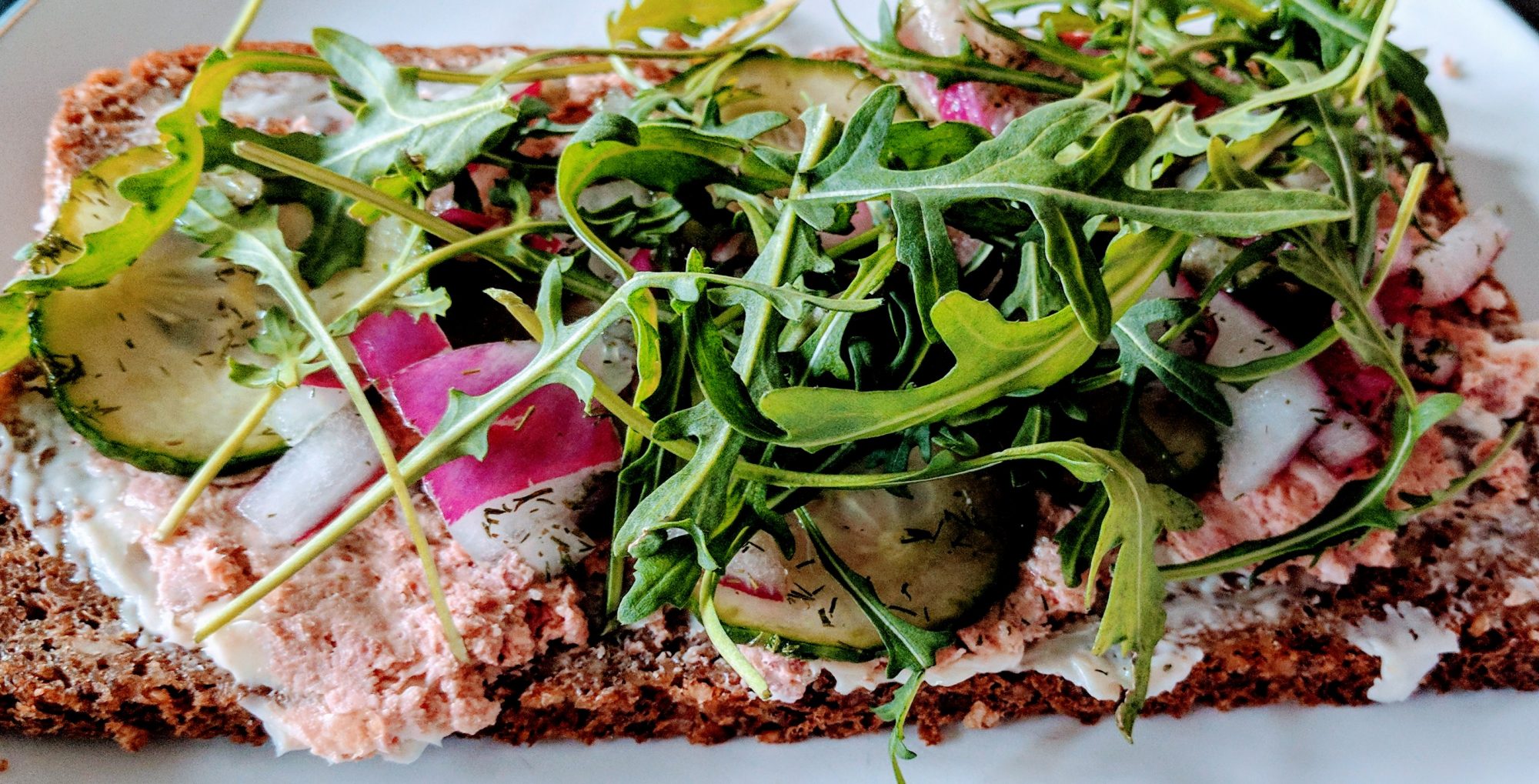I know; what an exciting post title! But, to be honest, this isn’t a really exciting post. And it’s not meant to be; this will consist of the collated ramblings of a thought experiment, interspersed by some factoids I try to recall from A-level maths and chemistry.
I am going to be writing about different varieties of sourdough starter. If you don’t know what that means (even with a brief definition: a culture of wild yeast and symbiotic bacteria which is grown and maintained in a mixture of flour and water) then I’m afraid that very little of this post will make sense.
So, with that amazing introduction out of the way, onto the matter at hand.
I have recently read (on random baking blogs I have discovered through Google) a small number of people worrying about the purity of their rye sourdough starters; the individuals concerned feared for the state of their starter if it were exposed to wheat. This may be due to concerns of wheat alergies, or simply because of the (possibly correct) belief that the active agents in a rye starter are noticably different to those in a wheat starter.
I am not going to address the second point—I maintain two wheat starters, an all white and an all wholemeal, due to my (possibly misinformed) belief that the yeast populations in each will evolve to succeed in that environment—but I would like to ponder on the issue of medical grounds.
If I want to bake bread which requires a rye starter, I will take a bit of one of my wheat starters and feed it a couple of times with rye flour. This will do the job required but, even if it is a 100% rye loaf, the small quantity of wheat from the original starter will render the bread unsuitable for anyone with a wheat intolerance. But what if I continued to maintain this converted rye starter? At some point, could it be considered wheat free?
Over the last couple of years, I have used a number of different approaches for feeding my sourdough starters. But, at present, I tend to maintain them at 100% hydration (equal weights of flour and water), with each feeding incorporating 10g of the active starter with 50g each of flour and water.
If I were to start with an all-wheat starter and continue that feeding regime using rye flour, the wheat content in each successive generation of starter would decrease. But how fast?
In my initial starter there is 55g of wheat; after the first rye feeding there is 5g of wheat; and after the second feeding there is only 0.45g of wheat. This continous reduction goes on at a constant rate every time I feed the starter. In fact (I warned you there would be maths) the mass of wheat in generation (
rye feeding) can be calculated as:
g.
So what does that have to do with anything? Everything.
We all know that atoms form the building blocks of everything we see in the universe, but did you know that different atoms have different sizes and different weights? (I told you there would be chemistry too!) If you knew that, do you know what the smallest atom is? It’s a hydrogen atom; one of these weighs kg or
g.
So why have I switched from talking about sourdough to talking about hydrogen atoms? Well, I have a formula for the mass of wheat flour contained within starter after a certain number of rye feedings. I also know the mass of the smallest atom in the universe. So there must come a point when the expected mass of wheat flour is less than the single hydrofen atom, at which point there is basically no wheat flour left.
So how long will it take to reach this point? A year? A decade? 3 minutes?
Crunching in the numbers, I can tell you that after 25 feedings, the expected mass of wheat flour is g. That means that my starter is effectively wheat-free after 25 rye feedings; that’s less than a month. In fact, if I feed it in the morning and again in the evening, I could complete the process in less than a fortnight!
To be clear, it is possible there would be some wheat particles remaining. But, as you must be using wheat in your kitchen if you are contemplating this process, there are bound to be some wheat particles in the air which would get into an all-rye starter anyway.
So, if you’ve made it this far, well done! If you follow my feeding schedule you can fully convert a wheat starter to an all-rye starter in a fortnight. I would like to stress I don’t have the medical knowledge to comment on wheat allergies, so don’t trust me blindly.
